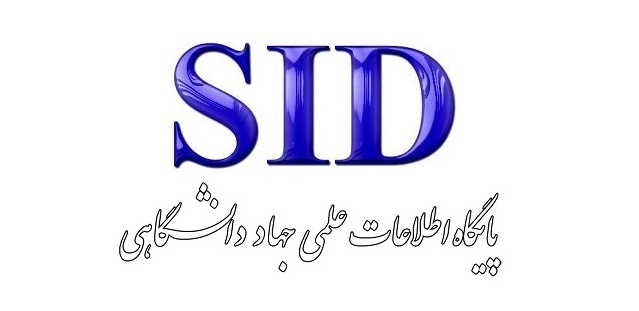Assessing the Impact of Sanctions and Central Bank Independence on Inflation Targeting in Iran
Keywords:
inflation volatility, central bank independence, economic sanctions, inflation targetingAbstract
Price stability has long been a fundamental objective of monetary policy, with inflation targeting emerging as one of the most effective approaches in recent decades. This study examines the determinants of inflation targeting in the Iranian economy from 1979 to 2023. To comprehensively evaluate the effectiveness of inflation targeting in Iran, key factors such as inflation uncertainty, central bank independence, economic sanctions, transparency and accountability, money supply, minimum nominal wages, and exchange rates were analyzed. Central bank independence was first assessed and quantified using the Principal Component Analysis (PCA) method, followed by an examination of the factors influencing the discrepancy between the actual inflation rate and the target inflation rate. The findings indicate that central bank independence, exchange rates, and money supply exert a significant negative impact on the gap between actual and target inflation. In contrast, nominal minimum wages, economic sanctions, and inflation volatility contribute positively to this gap. These results suggest that achieving the target inflation rate necessitates establishing the appropriate conditions for the effective implementation of inflation-targeting policies. The government and the Central Bank of Iran, as well as policymakers in developing economies with similar economic structures, should adopt optimal policy measures to enhance the effectiveness of inflation targeting.







